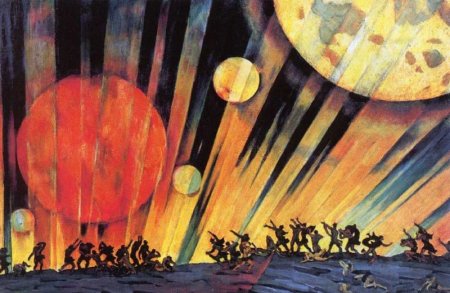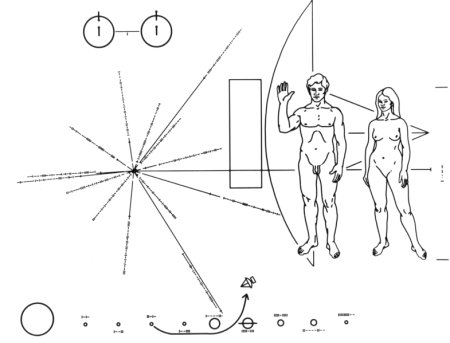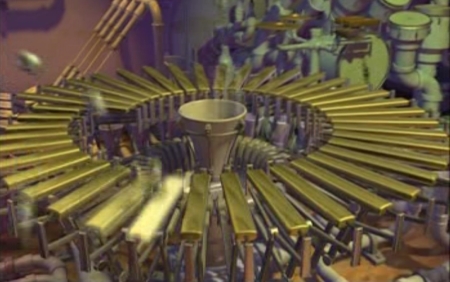mars on earth
Wednesday, October 18th, 2006
I was yesterday linking to a project which is carrying out a study into possible future cultural utilisation of the International Space Station.
randformblog on math, physics, art, and design |

I was yesterday linking to a project which is carrying out a study into possible future cultural utilisation of the International Space Station.

Unsolved problems in physics: What causes the apparent residual Sunward acceleration of the Pioneer spacecraft?

water again: water simulations are cool. However the big question is: WHAT IS A SIMULATION? I.e. at what point do we accept a thing to look physically realistic? Do we want it to look realistic?

There is a nice project at Cornell called visualizing meaning, which is a down-to-earth approach to the vast field of information visualization.
For the project all 1,943 Cornell Faculty were asked to respond to the following question:
Of the many charts (graph, map, diagram, table and ‘other’) you have seen in your life, which has been the most important, remarkable, meaningful or valuable?
I mentioned parkours already in an earlier post…however also this post might not be the last parkours post, as I keep watching these parkours videos. video games set to reality. redefining architecture. the fight against couch potatos..what ever….—->The above one is a rather good one (also if I dont get the end…
comments are welcome on what happened to oleg and his cellular)

A classic in midi-to-graphics “generative” animation is “pipedream” by Dave Crognale and Wayne Lytle. It is sold together with other works by them on a DVD compilation via their website animusic. The “pipedream”-video itself is however also downloadable via the SIGGRAPH animation site on archive.org. However if you have an ATI graphics card you can render it also in realtime via the ATI rendering-gadgets sites for MAC and Windows.
Wayne Lytle has worked also in scientific visualization, e.g. on this mathematical visualization video for string theorist Brian Greene.

Signs are often context-sensitive, means they have a certain meaning only in certain contexts.
In my last posts (see e.g. here) I was speaking about the nature of garment acting as a sign or also as a symbol or icon. Here the context of a sign can imply very different meanings -even just for shoes.
![]()
It is allways an interesting question at what point a picture becomes a symbol, i.e. a representative for something more abstract. This is also what I found to be the most important point which I missed in John Maeda’s commentary in this weeks post. How much is an avatar a symbol for the person behind it?
In the case of a logo the symbol nature is usually easy to manifest, but e.g. in the case of characters – especially from computer games – this depends. Sometimes they are pixymbols – just think of the pac man characters. For the smiley I find this is similar.
In this context it is worthwhile to see how early character design in computer games has transformed by time. And so I stumbled over these funny “round voxel”-3D analogs of game characters by designer Jeremy Dower who did – among others – also character design for the gameboy.
-See also an old randform post about pictoplasma.
-fake (?) space invaders characters e.g. here